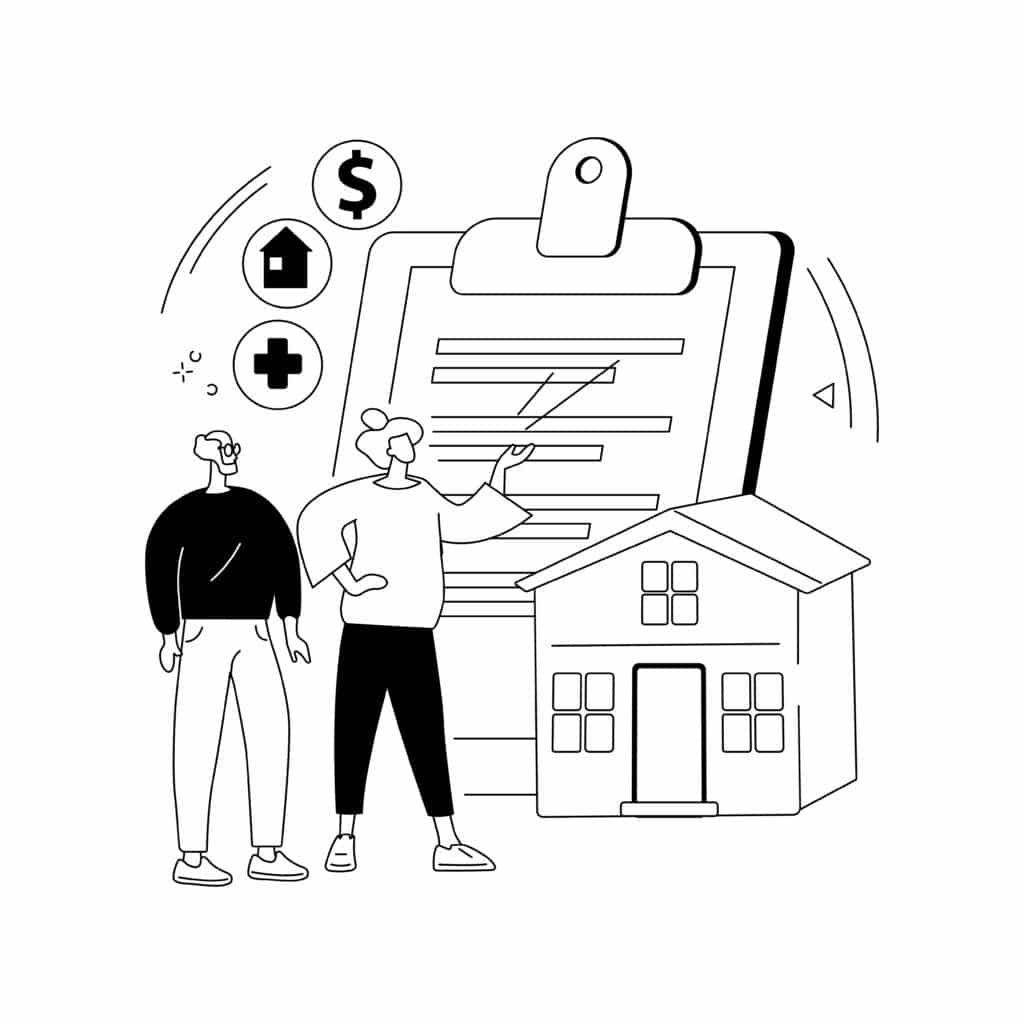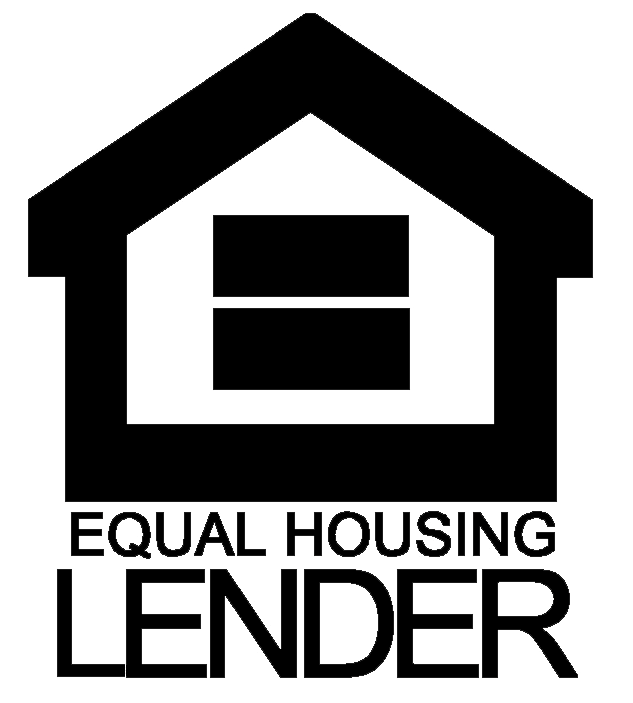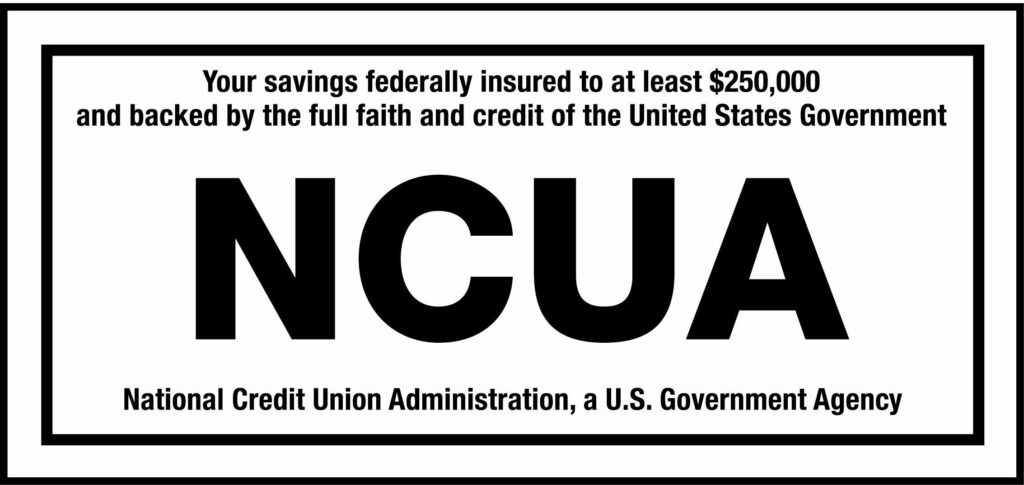
5 Key Components of Your Mortgage Payment Explained
Understanding your mortgage payment can feel overwhelming, but breaking it down into its components makes it easier to manage. At AGCU, we believe financial clarity is essential, especially when managing something as important as your home. Let’s break down what’s included in your mortgage payment, answer some common questions, and explore how to manage your payments effectively.
What’s in a Mortgage Payment?
1. Principle
Understanding the Principal Loan Amount
The principal is the original amount you borrowed to purchase your home. For instance, if you bought a house for $400,000 and made a $20,000 down payment, your principal loan amount would be $380,000. A portion of each mortgage payment reduces this principal, with more of your payment going toward it as your loan progresses.
The principal is the original sum of money you borrow to purchase a home. For instance, if you buy a house priced at $400,000 and make a $20,000 down payment, your principal loan amount would be $380,000. Throughout the life of your mortgage, a portion of each payment you make goes toward reducing the principal balance. In the early years of your loan, most of your monthly payment primarily covers interest, but as time progresses, a larger share of each payment is applied directly to the principal.
The principal loan simply refers to the outstanding balance of the amount you borrowed, excluding interest, fees, and other charges. Paying down the principal faster can save you a significant amount of money over time because it reduces the amount of interest that accrues.
Basic Principle Loan Formula:
Principle Remaining = Original Loan Amount – Total Principal Paid
If you’re starting from scratch (such as buying a home):
Principal Loan = Home Purchase Price − Down Payment
Example:
- Home price = $400,000
- Down payment = $20,000
Principal Loan= 400,000 − 20,000 = 380,000
2. Interest
Understanding Interest on Your Mortgage
Interest is the cost you pay to borrow money and is calculated based on your remaining loan balance. It’s typically expressed as an annual percentage rate (APR). Your interest rate is influenced by several factors, including your credit score, the length of your loan term, and current market conditions. With a fixed-rate mortgage, your interest rate stays the same for the life of the loan, providing predictable monthly payments. In contrast, a variable-rate mortgage (also called an adjustable-rate mortgage) can change over time, adjusting with market trends and economic conditions.
3. Property Taxes
Property taxes are assessed by your local government and fund community services like schools, public safety, and infrastructure. Your lender typically collects these taxes monthly as part of your payment and pays them on your behalf when they’re due.
How Property Taxes Work with Your Mortgage at AGCU
When you have a mortgage with AGCU, we typically collect your property taxes monthly along with your loan payment. These funds are placed into an escrow account, and we pay your taxes on your behalf when they’re due.
Yes, you still pay property taxes when you have a mortgage — they’re just included in your monthly payment for convenience. Most mortgage lenders, including AGCU, manage property tax payments through escrow to help protect your home from tax liens or penalties. After you pay off your mortgage, you’ll be responsible for paying property taxes directly to your local government.
If a lender ever fails to pay property taxes, it could cause serious issues like late fees or liens, but at AGCU, we prioritize ensuring taxes are paid accurately and on time. Your mortgage payment typically covers principal, interest, property taxes, and insurance. To check your property tax amount, you can review your county’s tax website, your annual statement, or contact AGCU for assistance.
4. Homeowners Insurance
Homeowners insurance protects your property and belongings against risks like fire, storms, or theft. The cost of your coverage depends on your home’s value and the level of protection you choose.
If you have a mortgage with AGCU, insurance is required to protect both your investment and ours. At a minimum, your policy must cover the cost to fully rebuild your home if it’s damaged or destroyed. While traditional homeowners insurance is the most common option, certain specialty policies may be accepted under specific circumstances.
Typically, your insurance premium is billed through your mortgage escrow account, making it part of your monthly payment. If you ever file a claim, the insurance company may issue the payment to both you and AGCU to ensure repairs are completed properly.
If you change insurance providers, it’s important to notify AGCU immediately and provide proof of your new policy to avoid coverage gaps. You can always find out your property’s insurance and tax details through your annual escrow statement or by contacting your county’s assessor office. Protecting your home with the right insurance is a vital part of your mortgage agreement — and your peace of mind.
5. Private Mortgage Insurance (PMI)
At AGCU, we’re committed to helping you achieve homeownership, even if you can’t make a large down payment. If your down payment is less than 20% of your home’s purchase price, you may be required to carry Private Mortgage Insurance (PMI). PMI protects the lender — in this case, AGCU — in the event you are unable to repay your loan. While PMI adds an additional cost to your monthly mortgage payment, it allows you to purchase a home sooner without waiting to save a full 20% down.
The cost of PMI varies based on factors like your loan amount, credit score, and the size of your down payment. Typically, PMI can range from 0.3% to 1.5% of your original loan amount annually. At AGCU, we work to ensure your PMI costs are clearly explained upfront, so there are no surprises.
The good news is that PMI doesn’t last forever. As you pay down your mortgage and your home’s value increases, you build equity. Once you reach 20% equity, you can request that AGCU remove the PMI from your loan, potentially lowering your monthly payment.
If you have any questions about PMI, how to remove it, or how it affects your mortgage at AGCU, our team is always here to guide you through every step of the process. Helping you save money and gain full ownership of your home is part of our mission to serve you better.
Common Mortgage Questions Answered
1. Is It Better to Pay the Principal or Interest?
Paying down the principal is generally better if you want to:
Save on interest: Less principal means less interest accrues over time.
Build equity faster: Reducing the principal decreases the amount owed, boosting your ownership stake.
However, you must always meet your scheduled minimum payments (which include both principal and interest) to avoid penalties or foreclosure.
In short: After covering your regular payment, making extra payments toward the principal can save you thousands of dollars in interest and shorten your loan term.
2. What is in a mortgage?
A mortgage includes the principal (loan amount), interest (cost of borrowing), property taxes, homeowners insurance, and potentially PMI if you didn’t put down 20%.
3. Can you get a mortgage with bad credit?
Yes, but it may be more challenging. Borrowers with lower credit scores may face higher interest rates or need to explore government-backed loans like FHA (Federal Housing Administration) loans, which are designed for buyers with lower credit scores or smaller down payments.
4. What happens if I pay two extra mortgage payments a year?
Making extra payments directly toward your loan’s principal can significantly reduce the total interest you’ll pay and shorten the loan term. For example, paying two extra monthly payments each year could shave several years off a 30-year mortgage and save thousands of dollars in interest.
5. What is an FHA offer?
An FHA offer refers to a home purchase offer made by a buyer using an FHA loan. FHA loans are government-insured and popular with first-time buyers because they require a lower down payment (as low as 3.5%) and are more forgiving of lower credit scores.
6. What is the 28/36 rule?
The 28/36 rule is a guideline lenders use to assess your financial health:
- You should spend no more than 28% of your gross monthly income on housing costs (mortgage, taxes, insurance).
- Your total debt payments (including car loans, student loans, and credit cards) shouldn’t exceed 36% of your gross monthly income.
Tips for Managing Your Mortgage Payment
Budget Wisely
Create a budget that includes all homeownership costs—mortgage payments, utilities, maintenance, and insurance. This helps you stay financially balanced.
Refinance When Possible
If interest rates drop, refinancing can lower your monthly payment or allow you to pay off your loan faster.
Make Extra Payments
Even small additional payments toward your principal can save you thousands over the life of the loan and help you own your home sooner.
Monitor Your PMI
If you’re paying PMI, keep track of your equity. Once you reach 20%, request that your lender remove the PMI requirement.
Final Thoughts
A mortgage is more than just a monthly payment—it’s a commitment to homeownership and financial responsibility. Understanding the components of your mortgage, how payments are calculated, and strategies for managing them can help you make informed decisions.
At AGCU, we’re here to guide you every step of the way, helping you navigate the journey to homeownership while aligning with your financial goals and values. If you’re ready to take the next step, reach out reach out to our mortgage team today! We’re here to help you every step of the way.
Banking With A Purpose
Much more than a catchphrase, our tagline is our passion, our reason why we do what we do. This is the impact of your membership with AGCU.
Learn More About Banking with a Purpose




